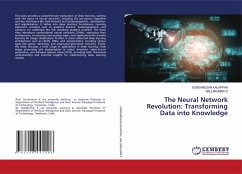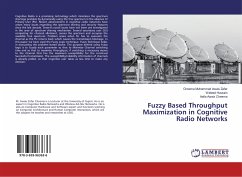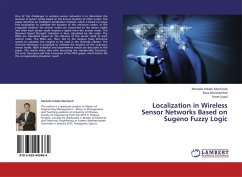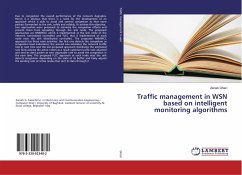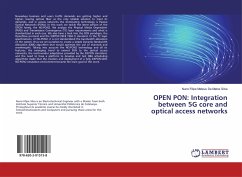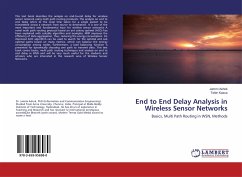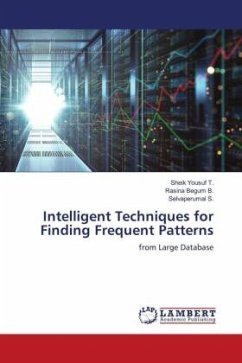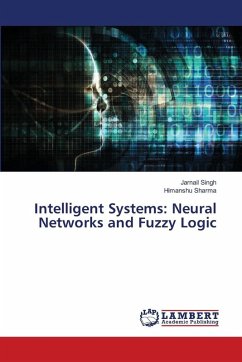
Intelligent Systems: Neural Networks and Fuzzy Logic
Versandkostenfrei!
Versandfertig in 6-10 Tagen
40,99 €
inkl. MwSt.

PAYBACK Punkte
20 °P sammeln!
Neural networks and fuzzy logic are two key areas of artificial intelligence that replicate aspects of human cognition. Neural networks are inspired by the brain's structure, consisting of interconnected neurons that process and learn from data. They are capable of supervised, unsupervised, and reinforcement learning, and are used in applications like pattern recognition, optimization, and speech processing. Key models include the perceptron, Hopfield networks, radial basis function networks, and Kohonen's self-organizing maps. Learning mechanisms involve weight adjustments based on input patt...
Neural networks and fuzzy logic are two key areas of artificial intelligence that replicate aspects of human cognition. Neural networks are inspired by the brain's structure, consisting of interconnected neurons that process and learn from data. They are capable of supervised, unsupervised, and reinforcement learning, and are used in applications like pattern recognition, optimization, and speech processing. Key models include the perceptron, Hopfield networks, radial basis function networks, and Kohonen's self-organizing maps. Learning mechanisms involve weight adjustments based on input patterns and feedback. Fuzzy logic, on the other hand, deals with reasoning under uncertainty using fuzzy sets, linguistic variables, and membership functions. It contrasts with traditional binary logic by allowing partial truth values. Fuzzy systems use inference rules and defuzzification techniques to make decisions and are widely applied in control systems such as anti-lock braking systems (ABS) and industrial automation. Both paradigms are also being implemented in hardware, including VLSI, for faster and more efficient processing.



